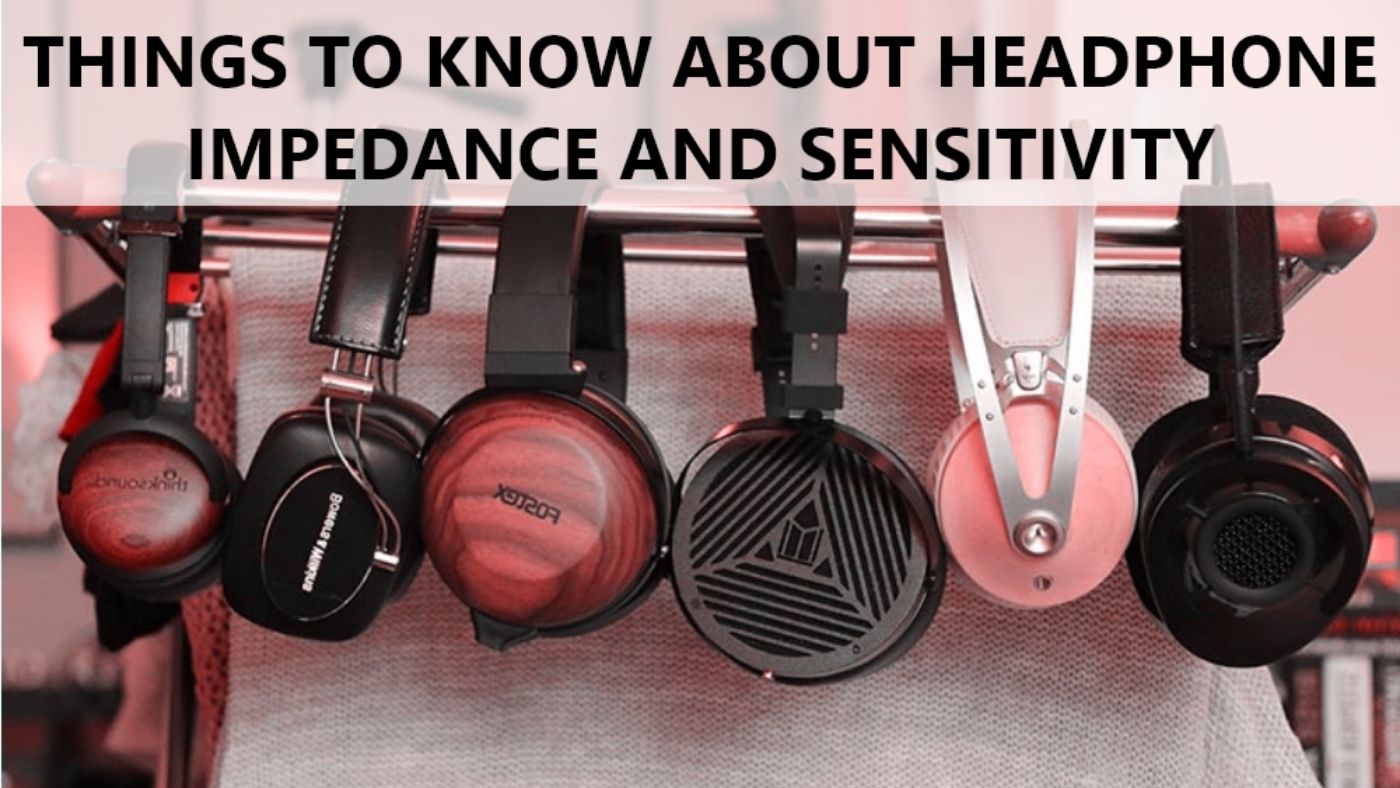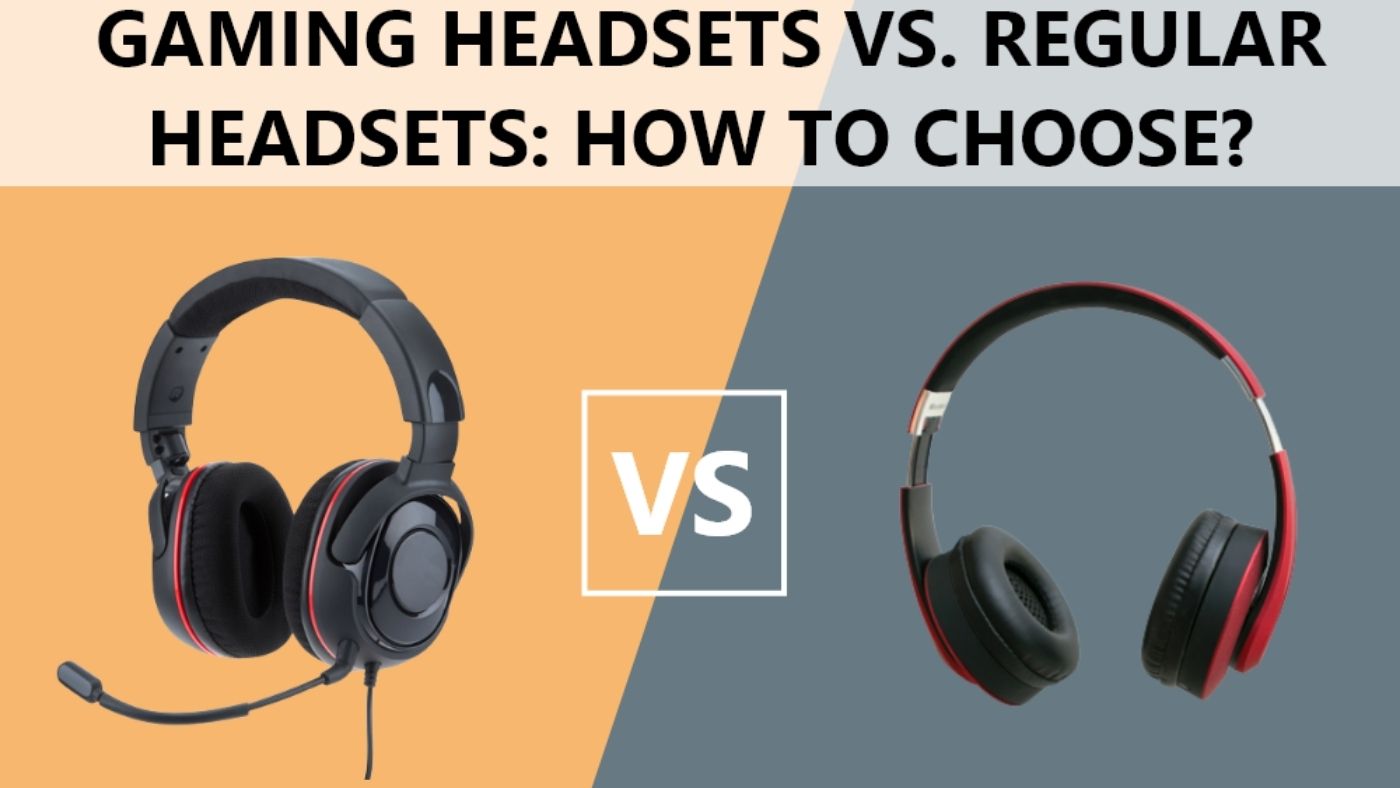Headphones have come a long way from yesteryear's bulky, uncomfortable, and cumbersome headphones. Today's modern headphones are designed to be lightweight, comfortable, and provide high-quality sound. However, it would be best if you understood some technical aspects of headphone design to get the best performance out of your headphones. Impedance and sensitivity are necessary specifications that define how well your headphones will sound. This blog post will explain what headphone impedance and sensitivity are all about so you can choose the right pair for your listening needs.
What is Headphone Impedance?

Headphone impedance is the amount of electrical resistance a pair of headphones offers. This rating is measured in ohms and tells you how difficult it is for audio signals to pass through your headphones. Generally speaking, lower-rated impedance headphones (16-32 ohms) will be easier to drive and provide better sound quality than higher-rated impedance models (50-600 ohms).
What is Headphone Sensitivity?

Headphone sensitivity measures how efficiently a pair of headphones convert an electrical signal into sound. It’s measured as dB/mW (decibels per milliwatt) and refers to the volume level the headphones can produce with one milliwatt of power. Higher sensitivity ratings usually mean louder volumes at any given power level, while lower ratings usually mean quieter volumes.
Why Headphone Impedance and Sensitivity Matter?

Headphone impedance and sensitivity are essential factors when choosing a pair of headphones. Impedance affects the power needed to drive the headphones, while sensitivity determines how loud they will be at any given power level.
What Else Should I Know?
When choosing headphones, it's essential to consider other factors, such as comfort and design features. Headphone manufacturers often list their recommended amplifier power levels for optimal performance – this can help you select an amplifier with enough power to drive your chosen headphones properly.
It's also a good idea to consider your listening environment before making a purchase. Higher sensitivity models may be better if you use your headphones outdoors or in noisy environments. Lower-impedance headphones might be more suitable for listening at home or studio, as they won't require as much power to drive them.
Lastly, it's important to note that impedance and sensitivity aren't the only factors for achieving good audio quality. Many brands will also offer features such as noise isolation, frequency response range, and soundstage that all contribute to the overall performance of your chosen headphones.
Ultimately, understanding headphone impedance and sensitivity are essential for making an informed decision when selecting headphones. With this knowledge under your belt, you can make sure that you choose the best pair of headphones for your needs and budget.
Impact of Impedance and Sensitivity on Performance
The impedance and sensitivity of your headphones will impact their performance. Lower-impedance headphones will require less power from your device but may not be able to produce as much volume or bass response as higher-impedance models. On the other hand, higher-sensitivity headphones will play louder with less power but may also distort more at high volumes.
When choosing a pair of headphones, it's essential to consider both the impedance and sensitivity rating to get the best performance for your needs. Higher-quality headphones offer better sound quality at all volume levels, so investing in higher-end models may be worthwhile.
Factors to consider before buying professional headphones
1. Durability:
When purchasing professional headphones, you should consider how often you'll use them and the conditions that may affect them. Consider the type of materials that make up the headphones and their overall construction; look for a pair made from robust materials that can withstand regular use and abuse.
2. Comfort & Fit:
The fit of your headphones plays a significant role in how comfortable they are to wear and affects sound quality. Look for adjustable headbands with thick padding that provides comfort during long listening sessions. Also, consider whether or not the ear cups are circumaural (completely covering the ears) or supra-aural (rest on top of the ears).
Additionally, it's essential to pay attention to the size of the ear cups; larger ear cups can provide better sound isolation and a more immersive listening experience.
3. Sound Quality:
The sound quality of headphones is greatly determined by their frequency response range (the spectrum of audio frequencies that the headphones can reproduce). Look for headphones with a wide frequency response range, usually 20Hz to 20kHz, as this will ensure greater sonic accuracy across all types of music. Additionally, consider what impedance rating the headphones have – this measures how much power they require to reach optimal performance levels. Lower impedance ratings are preferred because they make it easier for devices like phones or laptops to drive them without resorting to an external amp or DAC.
How Impedance Affects the Sound of Headphones?

Impedance is essential when evaluating headphone sound quality, as it affects how audio signals are reproduced. Impedance ratings range from 16-600 ohms and can vary significantly among different types of headphones. Headphones with a lower impedance rating are easier for devices like smartphones or laptops to power. However, they will also have less control over the sound. On the other hand, higher-impedance headphones require more energy but provide greater detail and clarity in the music they reproduce.
It's best to choose headphones that fit your device's output power capability – if you plan on using them with a laptop or smartphone, look for lower impedance models so you won't need to crank up the volume too much. To get the best sound quality from your headphones, look for higher impedance models that will allow you to hear every detail of your music.
FAQs
Here are few FAQs explained to better understand the impedance and sensitivity of headphone.
Can the headphone’s sensitivity rating be changed?
No, the sensitivity rating of a headphone cannot be changed. The sensitivity rating refers to how efficient the driver is at converting power into sound – higher sensitivity models require less power but can also have less control over the sound. To get the best sound quality from your headphones, look for higher impedance models that will allow you to hear every detail of your music. Additionally, ensure that your headphones can be driven by your device without distortion – if too much power is used, it could damage the driver or create a distorted sound. It is always a good idea to find out what amplifier or device will power your headphones before making a purchase.
How can you tell the quality of the headphones?
Look for a higher impedance model with a good sensitivity rating, and ensure your device can drive it without distortion. Additionally, consider factors such as the type of drivers used, the frequency range covered, and the build quality. All these elements contribute to how well the headphones reproduce sound – so look for models that meet your requirements in all these areas. Also, check out customer reviews, as they can provide another source of feedback and help you decide if a particular pair is right for you. Lastly, try the headphones yourself to evaluate their audio quality and comfort level before buying. When in doubt, always go with trusted brands with a good reputation.
What Is A Good Headphone Sensitivity Rating?
When it comes to headphones, a good sensitivity rating indicates how loud the sound will be when played through a device. Generally speaking, higher sensitivity ratings mean that less power from your devices will be required to reach desired levels of volume – which can save battery life and help avoid distortion. The number associated with headphone sensitivity is usually expressed in decibels per milliwatts (dB/mW).



